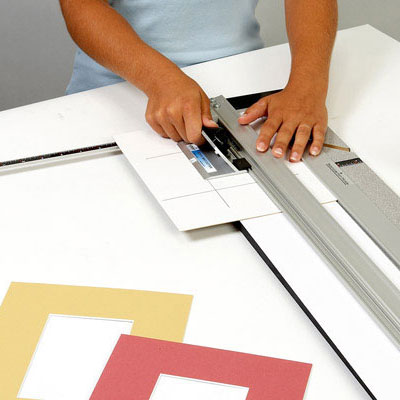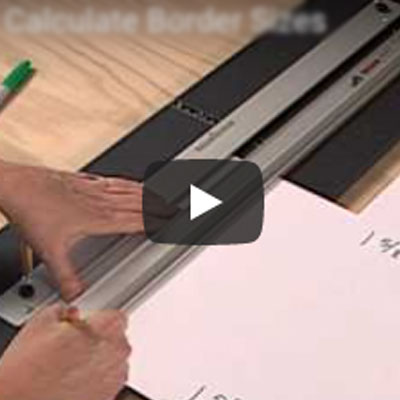When designing matting and framing for artwork, harmony among all elements is a key goal. When everything within the design has proper placement, size and intensity, good composition and balance of proportion has been achieved.
Proportion is something one sees rather than measures. It is a personal visual perception of the balance of light, color, texture, shape and line. Although there are rules used by artists and architects to calculate proportion in their work, for the average person a comfortable proportion has been achieved when a framing design feels balanced and is pleasing to look at.
The design of the artwork itself can help guide the decision making. Consider the following descriptive words that may characterize the artwork being framed. They can also help determine the style of framing that will be most suitable.
•Is the coloring light, dark, intense, dull, pale, bright?
•Are the lines in the artwork delicate, broad, busy, or strong?
•Are the shapes round, square, small, large, mixed, open or solid?
•Is the texture smooth, rough, bold, multi-layered?
•Is the mood somber, playful, powerful, restrained?
The size of the window in the mat will be determined by the artwork, but how big should the borders of the mat be?
When deciding how wide to make a mat border, creating a pleasing appearance is the most important rule. However, here are some general hints to help achieve that goal:
• Do not be afraid of large mat borders. They can create a visually pleasing "breathing space" between the artwork and the frame, and tend to make the art look "important."
• Small, narrow mats tend to distract the eye with too many patterns of lines surrounding the artwork. Skinny mats tend to look skimpy on artwork larger than 8x10".
• The width of the mat and the frame moulding should be obviously different. For example, if the matting is 2" wide, the moulding should be 1" wide (or less) or 3" wide (or more.)
• Why do we sometimes choose to put extra matting on the bottom border of a mat? There are several theories—some based in nature, some in physics—about why this often looks pleasing to the viewer's eye. Whatever the reasons, this style is now a time-honored tradition that looks both elegant and sophisticated.
• Wide mats with an extended lower border are commonly used on fine art and photography, but can also look great on prints, needlework,or even a child's drawing.
The art should be enhanced by the matting and frame—and there are many possible ways to accomplish this! Experiment with different mat colors and border sizes, to see what works best for each piece of artwork.












